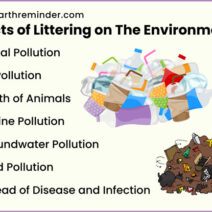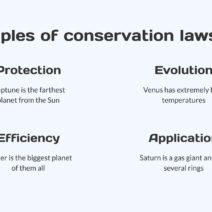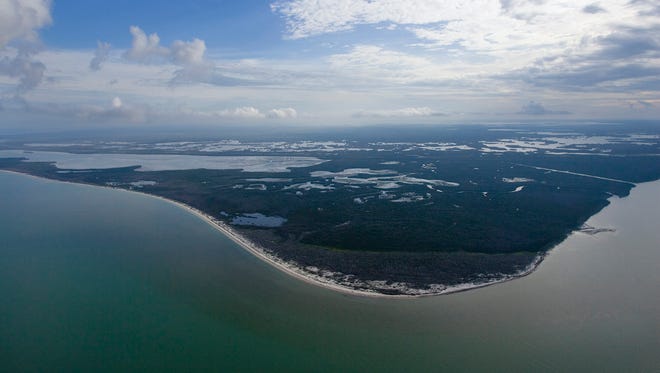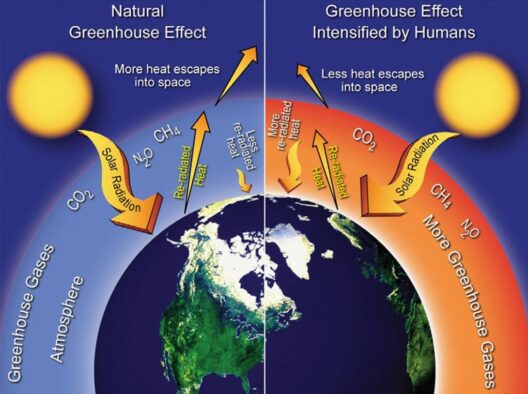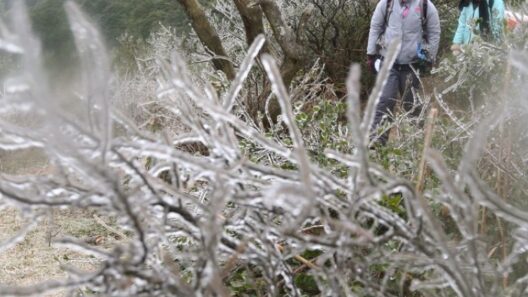The Everglades, often dubbed the “River of Grass,” is a unique, sprawling ecosystem located in southern Florida. This vast wetland, encompassing approximately 1.5 million acres, is not just a haven for diverse flora and fauna but also an ecological treasure trove that plays an indispensable role in maintaining the environmental balance of the region. However, the relentless advance of global warming poses a dire threat to this irreplaceable habitat. Understanding these threats is crucial in cultivating a sense of urgency and responsibility toward environmental stewardship.
The Everglades is renowned for its intricate subtropical wetland ecosystem, characterized by a multitude of habitats including sawgrass marshes, mangrove forests, cypress swamps, and coastal estuaries. Each of these unique habitats harbors a vast array of species, some of which are endemic to this region. The delicate equilibrium maintained by this ecosystem is increasingly jeopardized by climate change, which manifests through rising sea levels, extreme temperature fluctuations, and unpredictable precipitation patterns.
One of the foremost consequences of global warming affecting the Everglades is the rise in sea levels. Research indicates that sea levels along the Florida coast have risen by more than eight inches since the late 19th century, a trend that is projected to accelerate. This phenomenon threatens to inundate coastal land, brackish marshes, and mangrove forests, leading to habitat loss for numerous species reliant on these environments for survival. As saltwater intrudes into freshwater ecosystems, the delicate balance of fresh and saltwater becomes disrupted, causing a cascade of detrimental effects throughout the food web.
The changing climate also exacerbates the frequency and intensity of extreme weather events, such as hurricanes and torrential downpours. These climatic upheavals contribute to flooding in low-lying areas of the Everglades, which can both erode existing habitats and introduce pollutants into the aquifer, jeopardizing the quality of water that is vital for all life forms within this ecosystem. Moreover, dissolved nutrients from fertilizers often wash into these floodwaters, igniting algal blooms that suffocate aquatic life and disrupt the natural food chain.
Temperature fluctuations resulting from global warming further threaten the species that call the Everglades home. Several native species, including the iconic American crocodile and the elusive Florida panther, are particularly vulnerable to sustained increases in ambient temperatures. As their habitats become less hospitable, these species may face a decline in population or even extinction. Additionally, invasive species often thrive under warmer temperatures, exacerbating the challenges faced by native wildlife and further destabilizing the ecosystem.
The impact of climate change is not merely a distant specter; it is a reality that has already begun to manifest within the Everglades. The combination of altered rainfall patterns and increased evaporation rates from rising temperatures leads to prolonged drought periods. This can severely impact the growth and health of native plant species, as well as the species that depend on these plants for food and shelter. For instance, the iconic sawgrass, a fundamental component of the Everglades, becomes increasingly stressed during drought conditions, diminishing its capability to provide vital habitat.
In response to these mounting challenges, various organizations and governmental bodies have initiated efforts aimed at preserving the Everglades. Projects to restore natural water flow, remove invasive species, and replant native flora are underway, showcasing the community’s resilience and commitment to conservation. Restoration efforts are not just focused on the physical landscape but also on raising public awareness about the critical issues facing this unique ecosystem.
Education plays a pivotal role in the fight against climate change. By fostering a deeper understanding among the public about the interconnectedness of ecosystems and the impact of human activity on these systems, greater advocacy for protective measures can be achieved. Citizen engagement in conservation initiatives, such as volunteer planting days or clean-up events, enhances community ties and stimulates a collective commitment to environmental responsibility.
As stewards of this planet, humans possess the potential to effect change. Every action, no matter how small, contributes to the collective effort required to combat the impacts of climate change on cherished ecosystems like the Everglades. From reducing carbon footprints to advocating for policy changes that prioritize sustainability, individuals can play a crucial role in protecting this invaluable natural resource.
The future of the Everglades hinges not solely on legislative initiatives but also on a collective mindset shift regarding the importance of preserving our natural ecosystems. A paradigm shift that prioritizes ecological well-being over short-term economic gains is essential. By understanding the long-term implications of climate disruption on environments like the Everglades, society can foster a culture of conservation grounded in respect for nature. In contemplating the richness and diversity of the Everglades, it is imperative that humanity recognizes its role as a protector rather than a detractor.
In conclusion, the Everglades stand on the precipice of irreversible change due to the rampant effects of global warming. The confluence of rising sea levels, extreme weather patterns, and ecosystem degradation constitutes a grave threat to this ecological marvel. Though daunting, this challenge also presents an opportunity for growth, awareness, and advocacy. By uniting under the shared goal of environmental conservation, society can cultivate a renewed reverence for the Everglades, ensuring that this unique ecosystem continues to thrive for generations to come.
